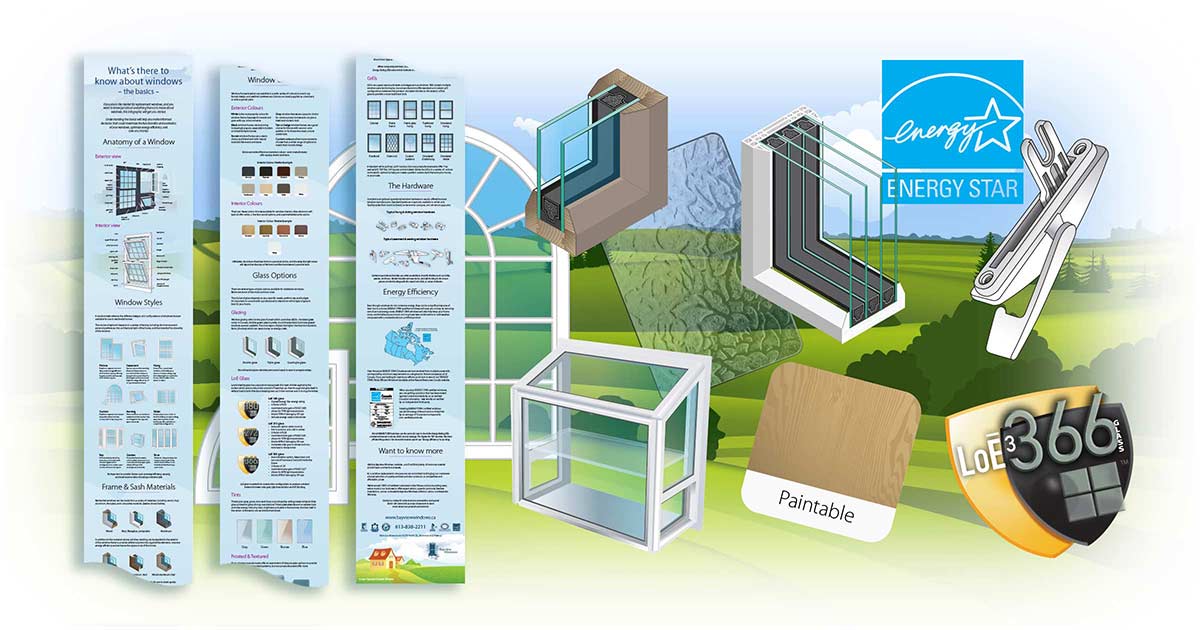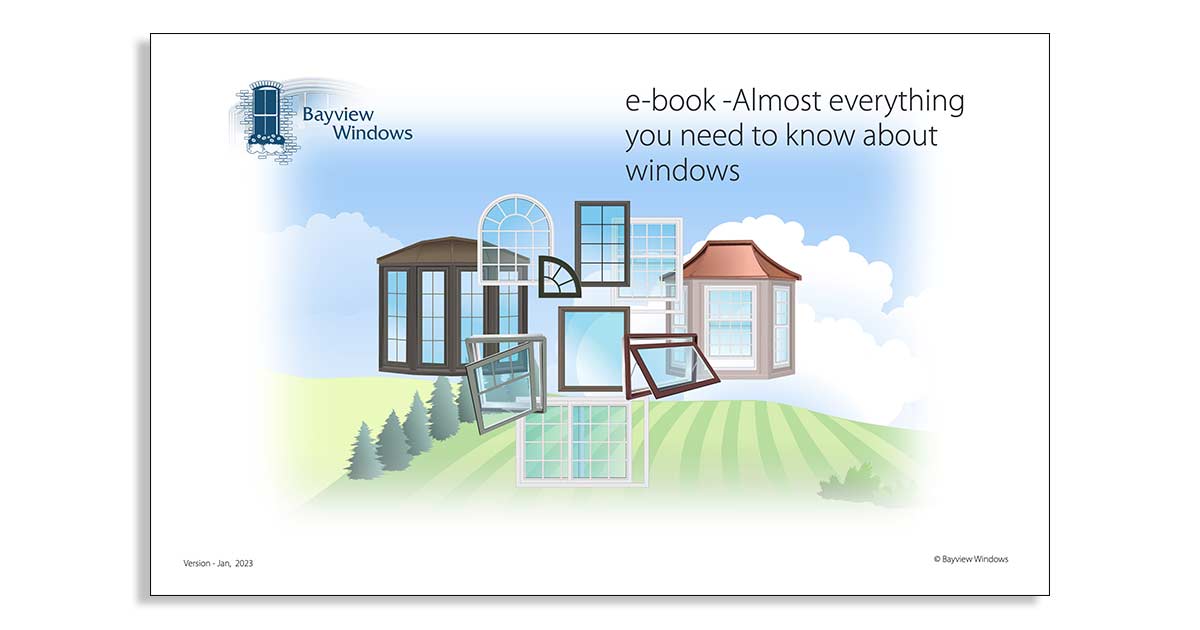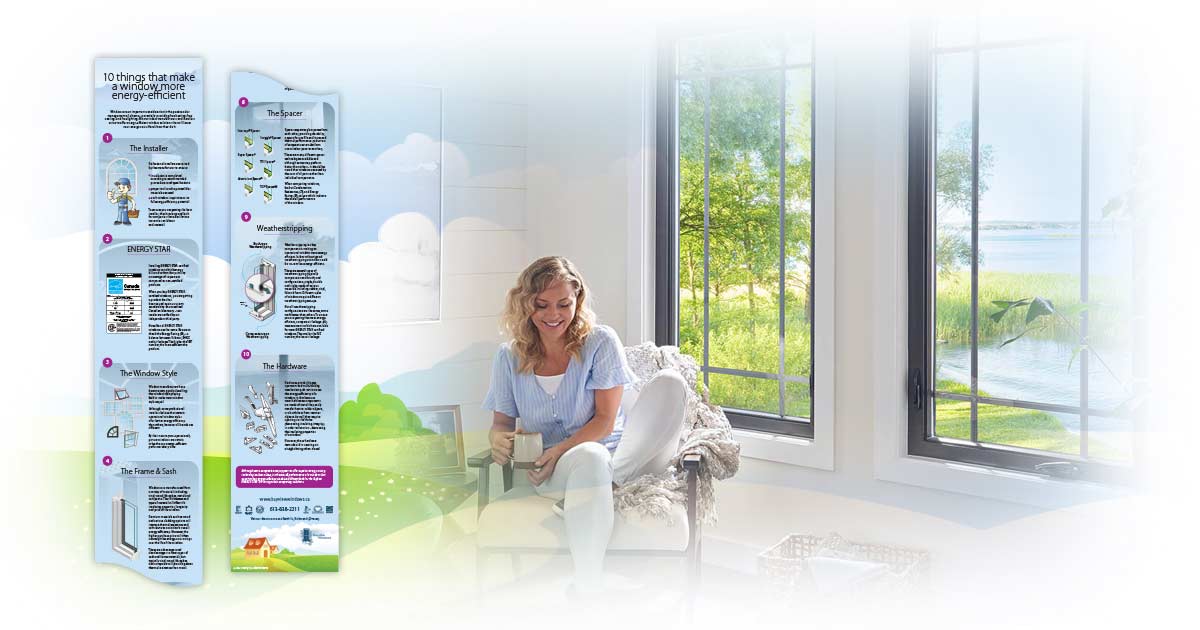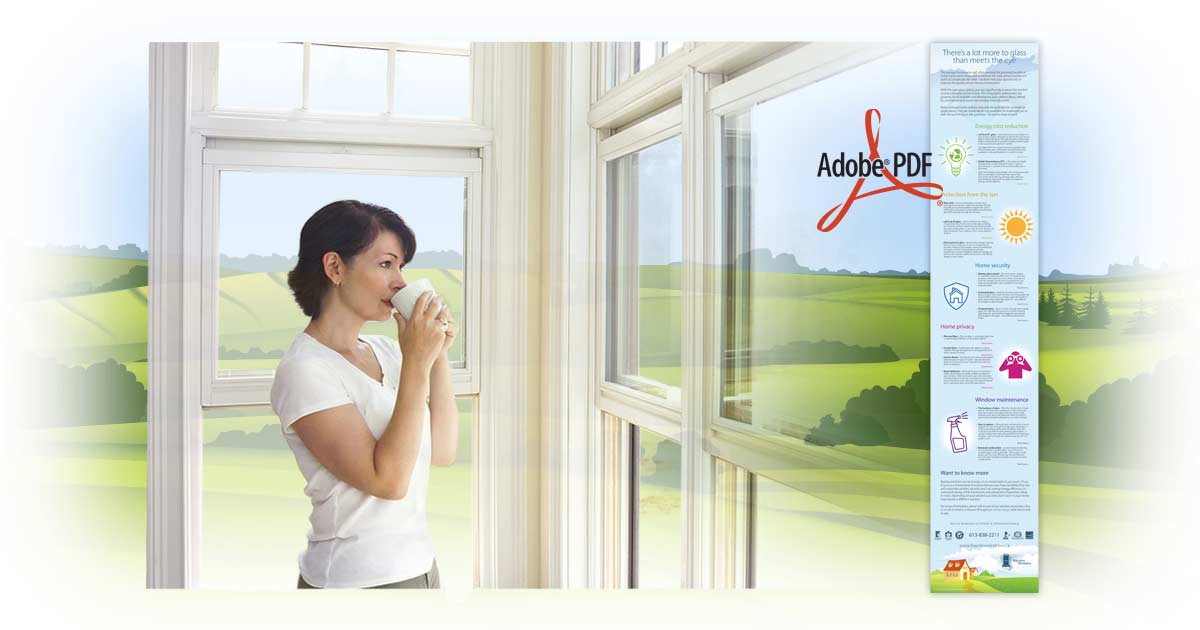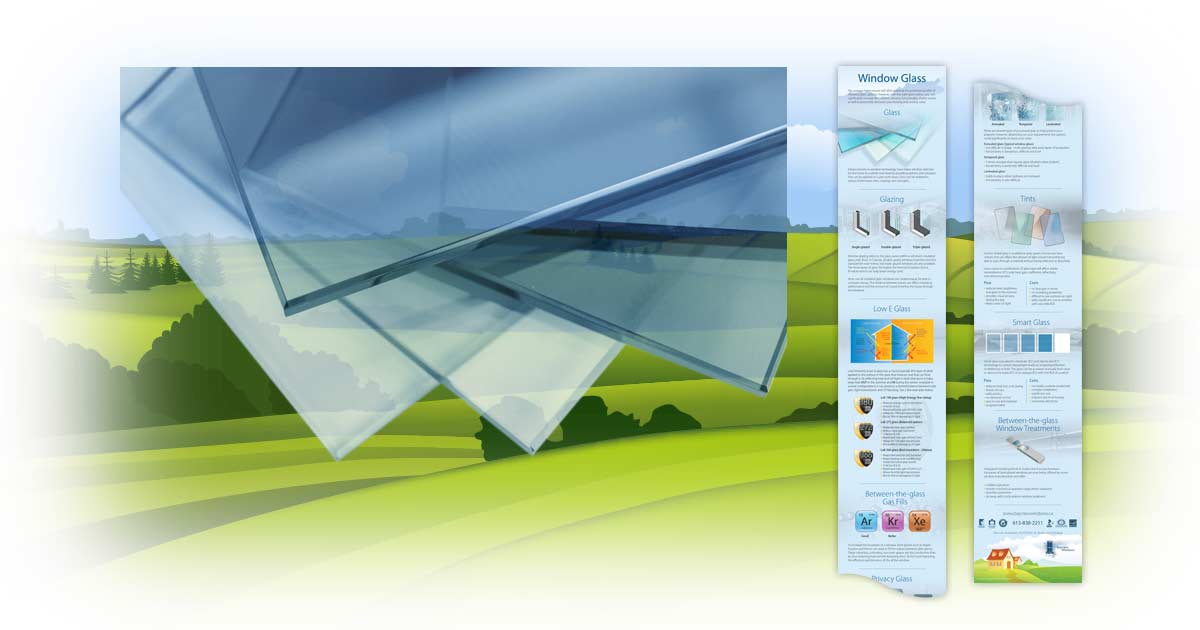Insights > Category > Posted: 2025-Apr-23, Updated: 2025-May-02
Choosing Windows
You've Got Options
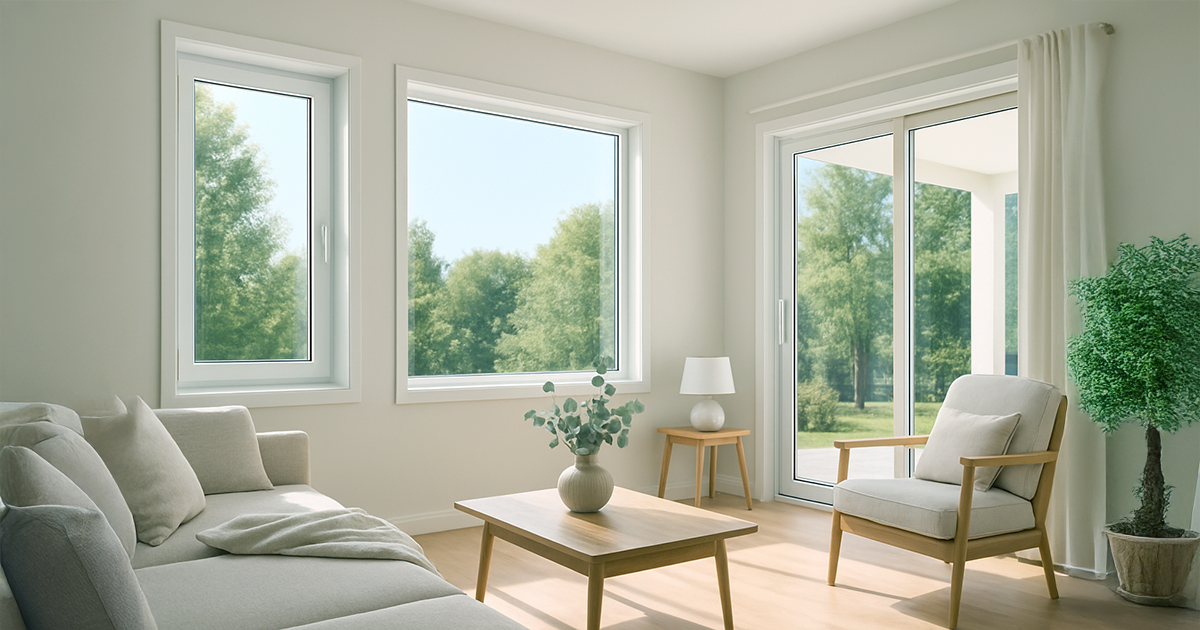
This guide walks you through everything you need to know, from how a window opens to how it fits your space and lifestyle. Whether you're after more natural light, better airflow, or a sleek modern look, we’ll help you find the right fit. Don’t forget to check out the useful links at the bottom and throughout this article for even more insights.
Quick navigation:
Before diving in, take a moment to walk around your home. Are some rooms too dark, too warm, or lacking a view? Keep those thoughts in mind, because with the right windows, you can solve more than you think.
Start with each room’s needs
Walk through your home and consider the following in each room:
- Is it too hot or too cold during certain seasons?
- Do you get too much or too little light?
- Is the view obstructed by outdated window styles or decorative grills?
- Is privacy a concern?
- Could opening the window improve airflow and comfort?
Each room in your home may require a different window type or feature. For example, you may want large fixed windows in your living room for maximum light and view, but opt for frosted glass in the bathroom for privacy.
Matching a room to window functionality
Consider the specific purpose of each space when selecting features:
- Bathrooms: Privacy glass, awning-style windows, and limited openings are ideal.
- Bedrooms: Prioritise security and ventilation; egress-capable casement or slider windows are often required by code.
- Living rooms & dining areas: Maximise natural light and views with large fixed or casement windows.
- Kitchens: Easy-to-reach, easy-to-open options like sliders or awnings above counters work best.
- Basements: Horizontal sliders, awning and hopper windows help manage light and air in tight spaces.
Choosing a window type
A window type refers to how a window operates or opens. It describes the mechanism that allows the window to be opened or closed, such as sliding, casement, or double-hung. Each window type has unique features that affect ventilation, energy efficiency, and the overall functionality of the window in a home.
Casement windows
Hinged at the side, open outward like a door. Excellent for ventilation and energy efficiency. Ideal for hard-to-reach spaces, as they open with a crank.
Awning windows
Hinged at the top and open outward from the bottom. Great for ventilation even when it’s raining. Often used in combination with larger windows for added airflow.
Sliding windows
Simple operation, minimal space usage. Open horizontally by sliding from one side to the other. Space-saving, as they don’t require additional clearance to open.
Picture/fixed windows
Non-operable windows are designed to provide maximum views and natural light. Best for capturing views and natural light. Ideal for locations that don’t need ventilation. Often used in combination with other operable windows.
Bay & bow windows
Bay windows project outward in a polygonal shape; bow windows create a curved shape. Add dimension, light, and character. Add dimension and depth to a room, increasing natural light. Great for creating cosy reading nooks or adding architectural interest.
Double-hung windows
The upper and lower sashes can be moved up and down. Classic and versatile, offering ventilation control from both the top and bottom. Easy-to-clean, as the sashes tilt in for easy access.
Single-hung windows
Similar to double-hung, but only the bottom sash moves. More affordable than double-hung windows. Commonly used in traditional home designs.
Speciality-shaped windows
Circles, arches, triangles, and trapezoids for architectural interest. Designed to add unique aesthetic features to a home. Can be combined with other window types for visual interest and natural light.
Hopper windows
Open inward from the top and are often used in basements or bathrooms. Declining in popularity due to limited ventilation, small size, and the way they interfere with interior space. Modern options like awning or tilt-and-turn windows offer better function and design.
Transoms
Transoms, commonly placed above doors or high on walls, allow plenty of natural light into your home, especially if they are sashless. However, if they face direct sunlight, they can cause glare and heat. Since they are difficult to shade, using factory window tinting or aftermarket films can help control the light and improve comfort.
Tip 1: What about tilt-and-turn windows? Tilt-and-turn windows are European-styled units that tilt inward for ventilation or swing open like a door for full access. They offer excellent energy efficiency, security, and easy cleaning, but may not be widely available in the Ottawa market.
Tip 2: Ventilation from windows can be tricky depending on the layout of a room, where the window is located, and whether there are other windows present. Some window types offer better ventilation than others, so be sure to let your window consultant know of any ventilation concerns.
Compare window styles
| Window Style | Ventilation | Energy Efficiency | Ease of Cleaning | Best For |
|---|---|---|---|---|
| Casement | Excellent (opens fully) | High | Easy (hinged) | Bedrooms, living areas |
| Awning | Moderate | High | Easy (tilts outward) | Bathrooms, above sinks |
| Slider | Good | Moderate | Moderate (one side slides) | Basements, modern spaces |
| Hung (Single/Double) | Moderate | Moderate | Good (double hung tilts in) | Traditional homes, second storeys |
| Fixed/Picture | None | Very High | Good (interior only) | Views, hallways, accent walls |
| Bay/Bow | Varies (usually with operable flanks) | High | Moderate | Living rooms, front façades |
Choosing window styles
Window style is key to defining a home's character, blending functionality with aesthetics. Whether opting for traditional charm or modern simplicity, the right window style enhances value and atmosphere, aligning with both performance needs and the home's architectural design.
Traditional
Traditional windows are known for their intricate details and decorative trims, often featuring thick frames and ornamental features. Styles like Colonial, Victorian, and Craftsman offer timeless charm and classic proportions, ideal for those seeking historical appeal.
Modern/contemporary
Modern windows emphasise clean lines and minimalist design with larger panes and thin frames. Popular styles like casement, picture, and sliding windows provide a sleek, open feel, focusing on maximising light and outdoor views.
Rustic/farmhouse
Rustic windows, with wooden frames and barn-style shutters, evoke a natural, earthy charm. Styles such as double-hung and casement windows are perfect for rural settings, offering warmth and a handcrafted aesthetic.
Victorian/Edwardian
Known for ornate features and decorative glass, Victorian and Edwardian windows often include bay windows, stained glass, or bevelled glass. These styles bring elegance and craftsmanship, making them perfect for period homes..
Mediterranean or Spanish Revival:
These windows are characterised by arched tops, wrought-iron details, and ornate tiling, reflecting southern European influences. Ideal for homes with stucco or terracotta exteriors, they add a touch of warmth and dramatic flair.
Choosing the window glass
When selecting windows, the glass you choose can be tailored to meet specific needs beyond just functionality. Customizable glass options offer enhanced privacy, security, sound control, and UV protection, making them ideal for improving comfort and protecting your home. Here’s how you can personalise your glass to suit your requirements:
Standard privacy
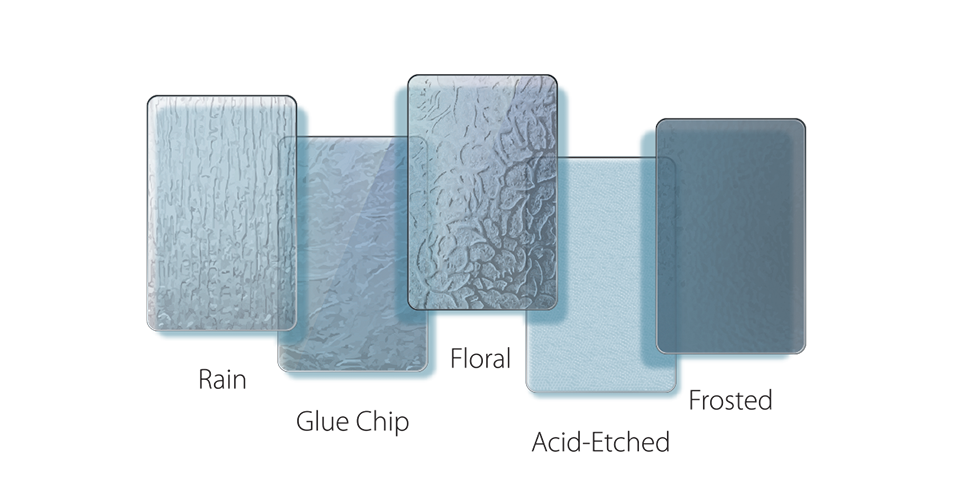
Standard privacy glass is designed to block the view while still letting in natural light. It's ideal for bathrooms, entryways, or street-facing windows. Common types include frosted, patterned, and tinted glass.
Switchable privacy
Switchable glass, also known as smart glass, is a speciality option that changes from clear to frosted with a switch or sensor—ideal for instant privacy without sacrificing light. It’s not commonly offered by most residential window installation companies.
Tints

A tint is a thin, coloured or reflective film applied to the glass to reduce sunlight, glare, and heat entering the home. It helps improve comfort, reduce fading of furniture and flooring, and enhance privacy, especially during the daytime.
Security
Security glass improves home safety by resisting breakage. Laminated glass stays intact when shattered, while tempered glass breaks into safer, blunt pieces. Ideal for entry points or vulnerable areas.
Noise reduction
Noise-reducing glass helps block outdoor sound for a quieter home. Common options include laminated glass, thicker or varied pane thicknesses, and gas-filled multi-pane units. Ideal for homes near traffic, airports, or noisy areas.
UV protection
Too much UV light can damage the interior of your home, and too little will make it difficult for your indoor plants to thrive. Low-Emissivity (Low-E) glass is available in several configurations to produce the desired balance between solar gain (heat), light transmittance, infrared, and UV blocking.
Window glazing
These days you have a choice, double, triple, and multi-glazed windows use two or more layers of glass with insulating gas sealed in between. More layers mean better energy efficiency, noise reduction, and comfort, perfect for Ottawa’s climate.
Window grills
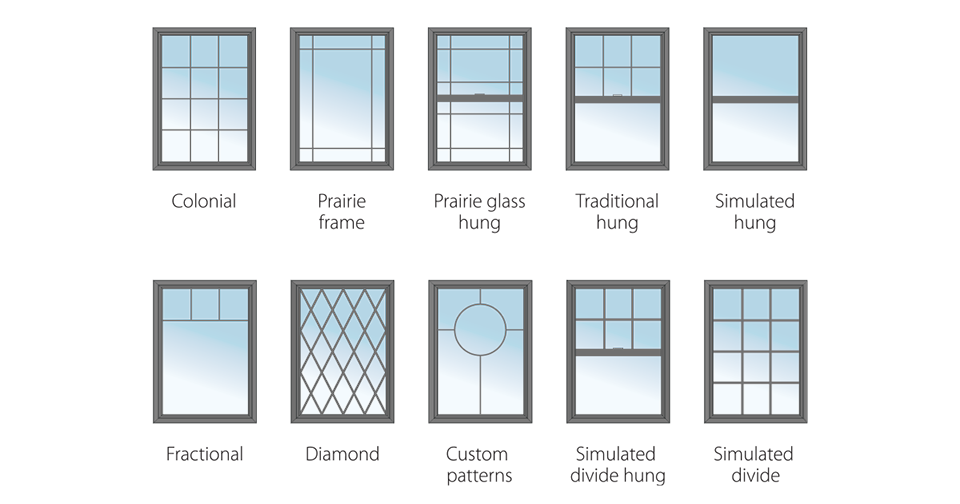
Window grilles (muntins) are a popular option for adding style and character to windows. They enhance a home’s aesthetic with classic patterns like Colonial or Prairie, and can be customised to match the home’s design. Grilles are especially appealing for older homes or those seeking historical accuracy, adding charm and authenticity. Ultimately, window grilles offer a decorative touch that will elevate the look and value of your home.
Tip 1: North Star Windows offers a soundproofing option that includes a 6mm laminated piece of glass on the outside and 3mm regular glass on the inside. This setup changes how sound travels through the glass, reducing noise. It also adds security because the glass holds together when shattered.
Tip 2: To give your home a more modern look, choose sleek black or dark-coloured window frames with minimal or no grille patterns—or opt for simple horizontal grilles that complement contemporary architecture without cluttering the view.
Compare window glass
| Glass Type | Benefits | Best For | Notes |
|---|---|---|---|
| Clear Glass | Maximum light, unobstructed view | Living rooms, kitchens | No added privacy or insulation |
| Low-E Glass | Reflects heat, improves efficiency | All-season comfort | Helps reduce energy costs |
| Tinted Glass | Reduces glare and solar heat | South- and west-facing windows | Slightly darkens the view |
| Frosted/Obscured Glass | Privacy, diffused light | Bathrooms, basements | Available in multiple patterns |
| Laminated Glass | Soundproofing, UV protection | Busy streets, bedrooms | Also increases safety/security |
| Triple-Pane Glass | Superior insulation & noise reduction | Cold climates, energy savings | Higher cost but energy efficient |
Consider window material
Most replacement windows today are made from vinyl, which offers excellent insulation, low maintenance, and affordability. However, depending on your preferences and budget, you may also consider:
Fibre-glass
Strong, durable, and resistant to warping in extreme temperatures.
Aluminium-clad wood
Combines the beauty of wood interiors with weather-resistant exteriors.
Hybrid materials
Offer a balance of strength, efficiency, and design flexibility.
Each material has its pros and cons regarding performance, cost, appearance, and lifespan. It’s worth discussing your options with a window expert.
Tip: Choose window materials based on maintenance—vinyl and fibreglass need little upkeep, wood requires regular painting, and aluminium may need attention in harsher climates.
Compare energy efficiency ratings

In Ottawa’s climate, where winters are cold and summers warm, the right windows can boost comfort and reduce energy costs. Look for features that limit heat loss in winter and block excess heat in summer.
ENERGY STAR certification
Ensures the window meets Canada’s regional performance standards.
U-Factor
Measures heat loss - lower numbers mean better insulation.
Solar heat gain coefficient (SHGC)
Indicates how well the window blocks solar heat - lower SHGC is better for sunny exposures.
Energy rating (ER)
Combines U-Factor, SHGC, and air leakage into one number - higher is better.
Tip: For better comfort and energy efficiency year-round, consider upgrading to triple-pane glass with low-e coatings.
Choose the hardware
When selecting residential windows in Ottawa, homeowners have a variety of options to enhance functionality, aesthetics, and comfort. Window hardware comes in a range of styles and finishes to suit both function and aesthetics. Common options include:
Crank handles
Available in folding or standard styles, often in finishes like white, bronze, or brushed nickel.
Multi-point locks
Provide extra security by locking at multiple points along the sash.
Heavy-duty hinges and friction stays
Improve performance and longevity, especially for larger sashes.
Colour-matched hardware
Ensures a cohesive look with your window frames.
Tip: When choosing window hardware, consider upgrading from standard components — like basic cranks and latches — to premium options with smoother operation, better durability, and enhanced security. Availability may vary by window type, so check with your installer.
Interior colour & finishing
Jamb extensions
A jamb extension is a piece added to a window or door frame to adjust for thicker walls. It's needed when the wall depth exceeds the standard frame size, such as in older homes or after renovations. Made from materials like wood or PVC, jamb extensions ensure a proper fit and a seamless look. Many manufacturers provide jamb extensions to match the style of a home or a customer's request.
Interior design flexibility
Interior residential window finishing options not only enhance the visual appeal of your windows but also contribute to the overall integration within your home. These finishes create a seamless transition between the window and your walls, improve insulation, and elevate your home’s design and comfort.
Interior window colour options
When selecting interior window colours, consider the impact on the room’s atmosphere. Lighter colours can keep spaces bright and airy, while darker tones add contrast and a more dramatic feel. Options vary by material: vinyl windows typically come in standard white or off-white tones, with limited colour or staining choices. Wood and wood-clad windows offer the most flexibility, as they can be stained or painted to match your décor. Hybrid or composite windows may offer a range of factory-applied finishes or allow for custom painting.
Interior trim options
Interior trim not only finishes the look by covering the gap between the frame and the wall but also enhances your home’s style. Standard trim elements include casing (the decorative border), sills and aprons (the ledge and trim below), and jamb extensions (which ensure the window sits flush with the wall). Optional upgrades, such as backbands or extended trim profiles, add depth and a more custom, elegant appearance.
Exterior colour & finishing
Exterior window colours
Adding colour to your windows may be a great way to update the look of your home. Many manufacturers offer a plethora of standard and even custom colours, but not all window manufacturers use the same process, and there could be a trade-off: broad colour selection vs durability. Factory-applied finishes that complement your siding or brick.
Brick mould extensions
Brick mould extensions are added to the exterior window frame to fill gaps, especially in retrofits or installations with added insulation. Made from materials like vinyl, wood, and aluminium, they ensure proper sealing and a finished look.
Exterior finishes
Exterior residential window finishing options enhance both the appearance and performance of your windows. These finishes help seal the window frame, protect against moisture, and contribute to your home’s curb appeal.
Capping
Custom-fitted aluminium is bent and applied over existing trim to create a clean, maintenance-free finish.
Tip 1: Most window installers use standard in-house trim, though they often offer other styles upon request. Be sure to ask for a sample before committing to a style. While wood windows offer the most diverse colour and finish options, vinyl windows typically come in faux wood and stainable or paintable finishes, each with its own set of options and warranties.
Tip 2: You don’t need to worry about selecting the right brick mould extension. Your installer will make sure the correct one is chosen based on your window’s needs and the specifics of your installation.
Compare warranty coverage
Don’t overlook the warranty, they are an important part of your window options. Just like choosing glass type or frame material, selecting windows with the right warranty can give you long-term peace of mind.
Look for a solid manufacturer’s warranty that covers defects in materials, a glass warranty for sealed unit issues, and an installer’s labour warranty that guarantees workmanship. Some warranties are even transferable (add resale value to your home. A reputable window company will help you understand what’s covered and make sure you’re protected.
Tip: A longer warranty often reflects better product quality and manufacturer confidence, but always read the fine print to know what’s covered and for how long.
Real people, real choices
At Bayview Windows, we work with homeowners who care about getting it right. Whether you're replacing a single basement window or outfitting your whole home, we can walk you through options, costs, and timelines based on real-life priorities.
Need more sound control for a home office? Want to add curb appeal with custom exterior colours? Looking to meet new energy efficiency standards in a renovation? We’ve seen it all—and we’re here to help.
Related stories
Final thoughts
From energy savings to improved curb appeal, selecting the right windows involves more than just picking a shape. With today’s range of materials, performance options, and design features, it’s easier than ever to make smart, stylish, and lasting choices for your home.
Got questions? Book a free in-home consultation. Let’s explore your options together
